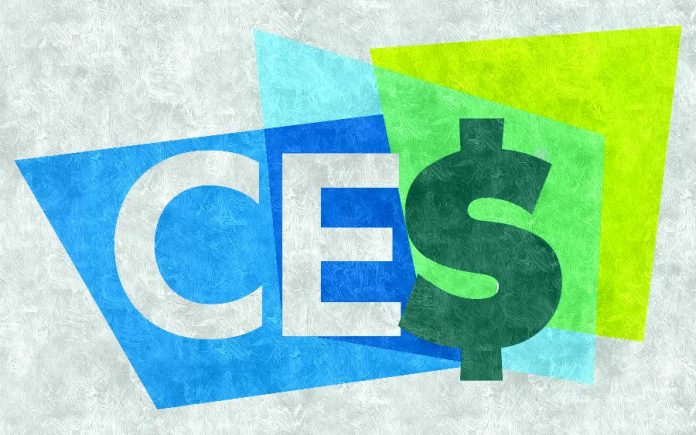
The Consumer Electronics Show wrapped up its 2017 edition last Sunday in Las Vegas, leaving many in awe at the incredible showcase of products and others worried about future of the electronics market.
The truth is that price trends seen at the annual trade show reflect a worrying reality: The technology exhibited at the Consumer Electronics Show is largely out of reach for the average consumer.
As an industry landmark event at the beginning of each year, CES sets standards and market trends for the months to come, raising the bar for both innovations in daily tech and cost of living to keep up with it.
Living by CES standards is not cheap at all
Living in a connected era has propelled the cost of living through the roof, with market trends on the rise and ever-increasing notions of what constitutes a budget device.
In the U.S., things such as an entry-level smartphone have gone from having a fair market share to being displaced by alleged budget lineups that start at $200 – $300.
A real life example of this phenomenon can be found on Samsung’s washing machines. The Korean giant has unveiled washers at CES over the last three years, and each new model represents a $400 price hike in comparison with the one before it.
Samsung sells its 2015 washer with Active wash technology for $1,099, while the 2016 model with AddWash costs $1,499. This year it presented a 4-in-1 washing system with Flex Wash and Flex Dry Tech, expected to go for approximately $4,000 based on current product prices.
How much would it cost to buy the tech from CES 2017?
If someone were to furnish his or her home with the latest tech showcased at CES 2017, he or she would need at least $200,000 according to conservative estimates.
Starting with vehicles, the Faraday Future FF91 has yet to get an official price tag, but just reserving one of them costs $5,000. Experts place the luxury SUV in the $150,000 to $200,000 range.

If we go with the optimistic price tag, tech-enthusiasts would have already burned through three-quarters of our imaginary tech update budget without leaving the garage. Next, we must set up our living room.
LG’s Signature OLED W-Series TV was the most coveted set on display at CES, but you cannot have it yet. The closest model currently available by LG costs $7,999, and specialists expect a $2,000 jump when the 77-inch W series gets a release date.
Upgrading the kitchen and washing room combined with CES tech would cost close to $9,000, including the $4,299 LG InstaView fridge and the $4,000 4-in-1 system by Samsung mentioned before.
The smart refrigerator by LG comes with Alexa, but if you want additional AI power around the house, the Lenovo Smart Assistant starts at $129,99.
If you, in turn, want Google Assistant to have your back, you can always get the $299 NVIDIA Shield Pro hub for $299, and fill your house with Shield Spot devices for $49 a piece.
For all your personal computing needs, there is the new Dell XPS 13 2-in-1, which starts at $999 but can go all the way up to $1,399 if you want top specs. Gaming laptop prices start roughly at the Dell ultrabook’s ceiling.
Other accessories can run you a couple hundred, like Nanoleaf’s Aurora Smarter Kit of LED light panels, compatible with Android and iOS devices for easy control. Each room you want to illuminate will cost you $199.
Innovation comes at a price
CES is one of the most important stages for showcasing innovation across the industry, sure, but it defeats its purpose if the technology presented is not realistically acquirable by the gross of the consumer market.
Innovation is necessary, and companies will not stop releasing new products at outlandish prices just because people cannot buy them. The challenge lies in making cutting-edge technology affordable to most, not only a few.
The telecom industry and new media platforms seem to have the right idea, though, with service providers and content creators offering alternatives at reasonable costs for the content and quality consumers truly get.











